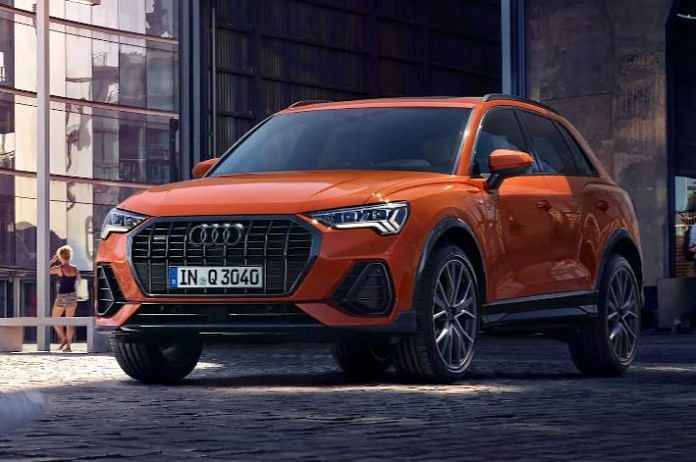As air quality deteriorated in the National Capital Region recently, the Graded Response Action Plan, or GRAP came into force. Older vehicles were prohibited from plying on the roads of the capital. The ban covered all old petrol-powered vehicles that met Bharat Stage III (BS3) norms or before. It also stopped all diesel-powered vehicles that complied Bharat Stage IV (BS4) norms or before. This, unsurprisingly, raised the heckles of many car owners in the capital. While the BS4 norms had come into force in April 2017, the BS6 norms, whose enforcement had been accelerated as India skipped BS5, came into force in April 2020.
As manufacturers cleared stocks on older cars before the new norms kicked in, many buyers picked up vehicles at attractive prices. Because once the new norms come into play, registration of older vehicles is not permitted. It is precisely these buyers who are now paying the price because of the GRAP ban. As of now, GRAP enforcement hasn’t been noticeable, but if the air quality continues to deteriorate, its execution will also become strict.
And if that happens, you will see almost all Audi Q3s disappear from Delhi roads.
This will be quite odd, because few years ago the Q3 was India’s favourite luxury sports utility vehicle (SUV). The four interlocking rings of the German carmaker began to be described as ‘chaar choori’ colloquially, and in Punjabi songs. Nine out of ten Q3s sold had a diesel motor. And since Audi stopped selling diesels in India as well as the Q3 before BS6 norms came into force, the future looks bleak for this lot of cars still plying on Delhi’s roads.
But that doesn’t mean it’s the end of road for Q3s in Delhi or India. There is a new Q3 in town.
Also read: Innova Hycross improves on many fronts—great mileage, little body roll, handles corners well
The petrol avatar
A very good-looking car with Audi’s new signature headlight and taillight design that retains the classic shape of the Q3 that you are familiar with (it is bigger in all dimensions though). But it now comes with only a petrol engine. The two-litre turbocharged engine that also serves other Audis produces a respectable 190 horsepower, thus imparting this SUV with a considerable amount of get up and go. The previous-generation Q3 did not only sport a diesel motor to move more units of the car. Audi India had offered the car in a stripped-down version too, hoping to cash in on the Indian buyer’s urge for the ‘chaar choori’ badge. While there is no doubt that the Q3 was always a good car to drive, the next-generation feels nicer. Nicer off the line, nicer around the corners. The previous generation can’t claim to touch such refinement levels.
The new Q3 is available as a Quattro, which is what Audi calls their permanent all-wheel drive system. While I did not get a chance to take the new Q3 into the wild, rest assured that the Quattro system designed by legendary automotive engineer Ferdinand Piëch, the grandson of Ferdinand Porsche, can actually make the new Q3 go to a lot of places that you really don’t think a luxury German SUV could.
The interiors too get a massive upgrade with the latest version of Audi’s digital instrument cluster called the ‘virtual cockpit’, along with multi-colour ambient lighting and four-way lumbar support.
Also read: EQB or GLB, the three-row compact SUVs are sure to give Mercedes a winner
Upgrades come at a cost
But all this does not come for cheap. While there has been a general price increase across all cars, the new Q3 comes in two variants. A ‘Premium Plus’ model at Rs 44.9 lakh and a ‘Technology’ model at Rs 50.4 lakh that has all sorts of gadgets and gizmos. A decade ago when the Q3 was launched, you could get one for under Rs 30 lakh. Sure the new version is slightly bigger, nicer to drive and comes loaded to the gills with toys, it does make you scratch your head at how prices of cars, and I’m not singling out Audi over here, have moved in the past few years. If economists factored in car prices in the Consumer Price Index (CPI) calculations for inflation, we would be in quite a bad place.
While Audi India took a few years to regroup, because the decision to stop selling diesels had an adverse effect on the company, it wasn’t just the Q3 that was popular in diesel. Almost 90 per cent of the cars the company sold were diesels. Since then, it has managed to regain some of its lost sales. Diesel is becoming a dirty word for private cars, and Audi India’s parent, Skoda Auto Volkswagen India Private Limited’s (SAVWIPL) decision to stop selling diesels now seems prescient.
And while there are questions aplenty of the overall shape of India’s economic recovery and whether we are taking everyone along, the fact is that demand for luxury brands is shooting up again. Audi also stands to benefit from the shift to petrol from diesel, which is propelled by policy changes.
@kushanmitra is an automotive journalist based in New Delhi. Views are personal.
(Edited by Anurag Chaubey)



